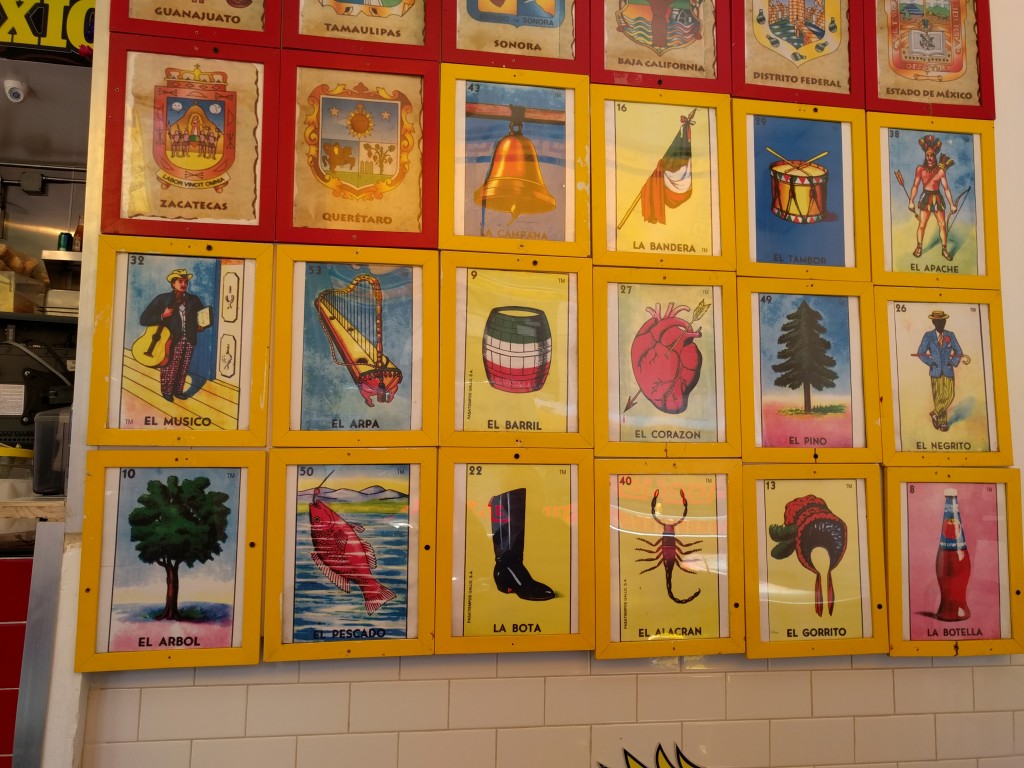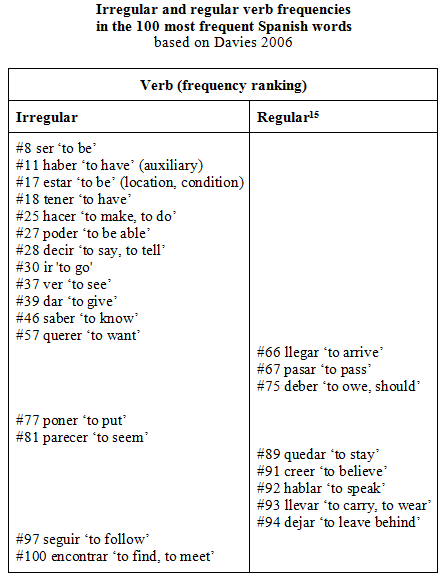A stray comment on /r/Spanish got me thinking about muñeca, the word that, bizarrely, means both ‘doll’ and ‘wrist’. The ‘doll’ meaning is primary. It’s the one listed first in dictionaries, and if you do a Google image search on muñeca, you see more dolls than wrists. It’s the first meaning that I learned, since ‘wrist’ is one of the less important body parts. When I eventually learned the second meaning, I was surprised that one word could have two such completely unrelated interpretations.
I’ve just looked up the history of muñeca in my can’t-live-without-it etymological dictionary by Joan Corominas. It turns out that the word’s original meaning was neither ‘doll’ nor ‘wrist’, but something entirely different: ‘milestone’, in the physical sense of a road marker.

Muñeca ‘milestone’ turns into both ‘wrist’ and ‘doll’.
How did this bizarre transformation take place? According to Corominas, the key was the interpretation of a milestone marker as something that sticks up out of the ground: a bump, or using fancier English, a protuberance. The word was then extended to ‘wrist’ because the wrist bone protrudes from the arm. The road to ‘doll’ began with the extension of muñeca to a bumpy bundle of rags, and from there to a rag doll, and then other dolls.
Muñeca‘s original meaning of ‘milestone’ has been lost from everyday discourse, but is still included in the Real Academia’s dictionary — but only after ‘doll’, ‘wrist’, and other meanings related to ‘doll’, such as ‘cadaver’ and ‘bimbo’.
Incidentally, the earlier history of muñeca is obscure. It is not Latin, but seems to come from a pre-Roman language, possibly Celtic.







